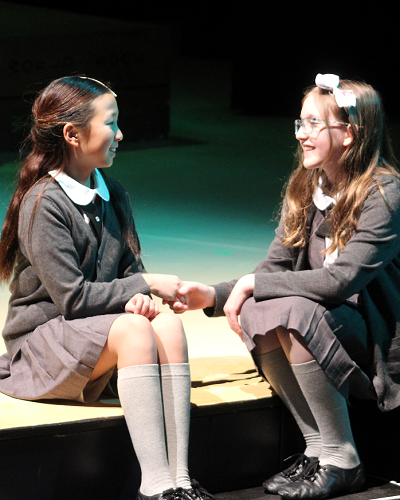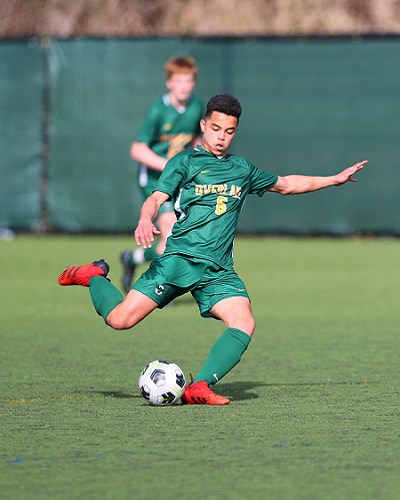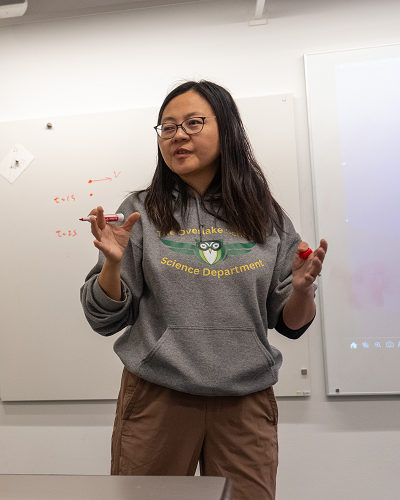Overlake Students and Faculty Attend National Diversity Conferences

Once a year for the past several decades the National Association of Independent Schools (NAIS) convenes for two important national conferences; the People of Color Conference (POCC) and the Student Diversity Leadership Conference. This year these conferences are being held in Seattle and Overlake’s Director of Diversity, Mahtab Mahmoodzadeh is a co-chair. “It’s a real homecoming”, she explains about the gathering. The more than 7,000 attendees come together in a space all with a shared background. She says for the students it can be a transformative experience. “The students are operating in these spaces, either they are one of the few students of color, or they’re one of the few students in their school that are doing social justice work. And they come to this space and they’ve found their tribe, and they just met them,” says Mahmoodzadeh.
The largest contingent of students is attending this year - 1,700. Overlake has six students and 25 faculty and staff attending the multi-day conference in downtown Seattle. As a host city, the schools in the area are working on a community engagement project that will continue long after the conference has ended. The committee from Seattle chose to work on the federal recognition of the Duwamish tribe and also to work on student affinity groups. “We bring a piece of Seattle to the national conference and put it in terms of service at the local level, so independent schools will be working with the host committee after POCC on these two endeavors.”
The students from Overlake that are attending the student diversity leadership conference focus on not only ethnicity and race, but disability, LGTBQ, classism; all aspects of diversity work. “The student diversity leadership conference hits on all those and they also do affinity work. So, it’s very much action-oriented,” explains Mahmoodzadeh.
On the last day of the conferences, the adults and students get together and do a teach-in. “That’s usually the most meaningful because they take something they’ve learned from the conference and they bring that issue in a conversation with the adults from the schools they will be going back to,” explains Mahmoodzadeh as she goes on to say that the learning for the students continues well after the conference. “They come back and after exams in January, I work with them for six weeks, meeting every week, and they come up with two projects. One, which is a teach-in with their peers, and the other is in the realm of advocacy to push for.”



